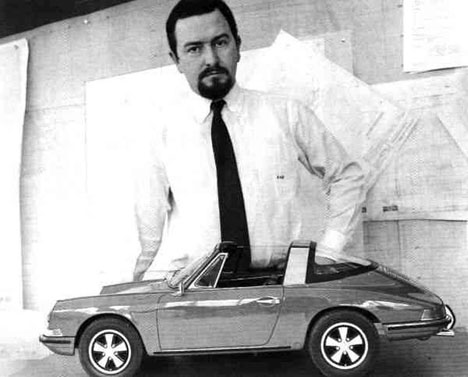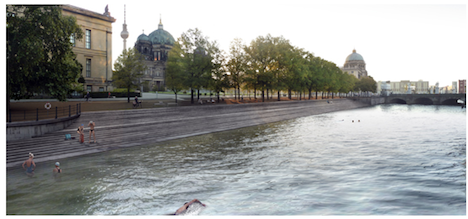
The IDSA's annual run of Design Dialogue Conferences kicked off this past weekend with the Mideast event in Detroit; the four upcoming regional events will take place over the next month, including the Midwest Design Dialogue in Chicago and the Northeast Design Dialogue in Philadelphia next weekend, April 13–14.
We're pleased to announce that we'll be hosting a portfolio review at the latter event, which takes the timely theme of "Forward Thinking through Vintage Perspectives":
Getting design right is now recognized as essential for business success. Design thinking is equally beneficial in the social domain. How is design practice evolving to meet expanding demands and opportunities? How can design best use the lessons of yesterday and today to evolve and reimagine the future?Philadelphia and the rest of the northeast are full of history, and daily reminders of how an entrepreneurial spirit built this nation and how innovation and design thinking have helped our country grow and flourish. So what better place to tackle this dialogue? We will consider explore and envision what the future through the lens of the past and how we got here. We will take a journey from the past, and take a hard look at the present to bring the future of the design practice into focus through the lens of our history and creative journey to the present.
The two days in the City of Brotherly Love is subdivided into three topics—"To know your past is to know your future"; "Change is the new Norm - Now What?"; and "What's next? Thinking beyond design"—each of which will be addressed over the course of half a day following a series of workshops on Friday morning. The conference will feature notable speakers Peter Bressler, Eric Chan, Hilary Jay, Deb Johnson and Bill Moggridge, among many others; the portfolio review will take place on the evening of Friday, April 13.
See the full schedule of events here, or register here.
The following weekend, April 20–21, will see the Southern Design Dialogue Conference in Atlanta; the series concludes in Seattle on May 4–5.
Head over to IDSA.org for more information.
(more...)
 Jonathan Harris
Jonathan Harris

 Graham Hill demos the foldable "
Graham Hill demos the foldable "
 Simon Collins of Parsons the New School for Design
Simon Collins of Parsons the New School for Design Steve Clayton
Steve Clayton


































 Reporting by Carly Ayres
Reporting by Carly Ayres Notes from IDEO.org's Multiple Use Water Services project
Notes from IDEO.org's Multiple Use Water Services project Day Labor Station. Rendering of the Harbor City Day Labor Station. Designed by Liz Ogbu and John Peterson for Public Architecture. Renderings by Francesco Fanfani.
Day Labor Station. Rendering of the Harbor City Day Labor Station. Designed by Liz Ogbu and John Peterson for Public Architecture. Renderings by Francesco Fanfani.



 A smartphone mount is integrated into the bike's triple clamp. The smartphone processor is used as the brain for a series of on road projected augmented reality graphics. To the rear of the bike are projected lane guides that help motorists on the road understand how far away from motorcyclist they should be. All instrumentation is projected toward the front of the bike onto the road surface. The illustration shows the maximum of what could be projected. In reality we would see many of these widgets appearing in a just-in-time fashion.
A smartphone mount is integrated into the bike's triple clamp. The smartphone processor is used as the brain for a series of on road projected augmented reality graphics. To the rear of the bike are projected lane guides that help motorists on the road understand how far away from motorcyclist they should be. All instrumentation is projected toward the front of the bike onto the road surface. The illustration shows the maximum of what could be projected. In reality we would see many of these widgets appearing in a just-in-time fashion.


